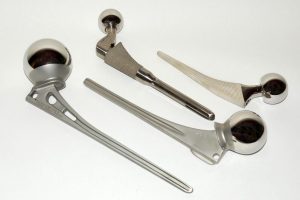Written by: Denton Vacuum, LLC
Summary: Medical device coatings are continuously evolving through constant research and tests.
 The application of thin film coatings on medical devices has revolutionized the field of medicine. With intense research, medical device coatings are now enhancing the overall effect that it has on the patient. New technologies are continuously being introduced and the entire production process is on a whole new scale.
The application of thin film coatings on medical devices has revolutionized the field of medicine. With intense research, medical device coatings are now enhancing the overall effect that it has on the patient. New technologies are continuously being introduced and the entire production process is on a whole new scale.
The Production of Medical Coatings
Now, there are two common types of medical device technologies – direct liquid coating and liquid spray coating. There’s also controlled vapor flow that enables the technician to improve precision coating.
When it comes down to the sputtering systems used for the medical coatings, there needs to be specific engineering decisions to decide which technology is suitable. For example, the technician needs to be take in account the function of liqui precursor, the mechanism of the coating formation, as well as the geometric shape of the object that is being coated. This quality control process is a significant part of the process and plays a large role in the consistency of the coating.
How Medical Devices Are Commonly Used
Now, when it comes to invasive devices, like a stent for instance, the human body will naturally reject them due to the defense mechanisms that treat foreign objects as a threat. While this is an amazing bodily function, it does have a negative impact when it comes to medical devices. However, to bypass this, thin film coating are applied on the device to counter the body’s defensive mechanism and minimize the dangers of forcing an object in the human body – like clots.
Another way that medical coatings are commonly used is to reduce the friction of the medical device in the body to improve device placement and reduce inflammation and irritation that one might cause. It can also reduce the amount of scar tissue formed around the implanted devices, which is a benefit to any patient. There are even specific types of medical coatings that encourage tissue growth to enhance the overall healing process. The benefits are endless, and it’s just the beginning.
A thin film vacuum coating that is being applied to a medical device can be as simple as a thin, flat metal coating or as complex as a timed-release coat that involves polymers interlaced with pores. Whatever it may be, these coatings play a significant role in medical device placement.